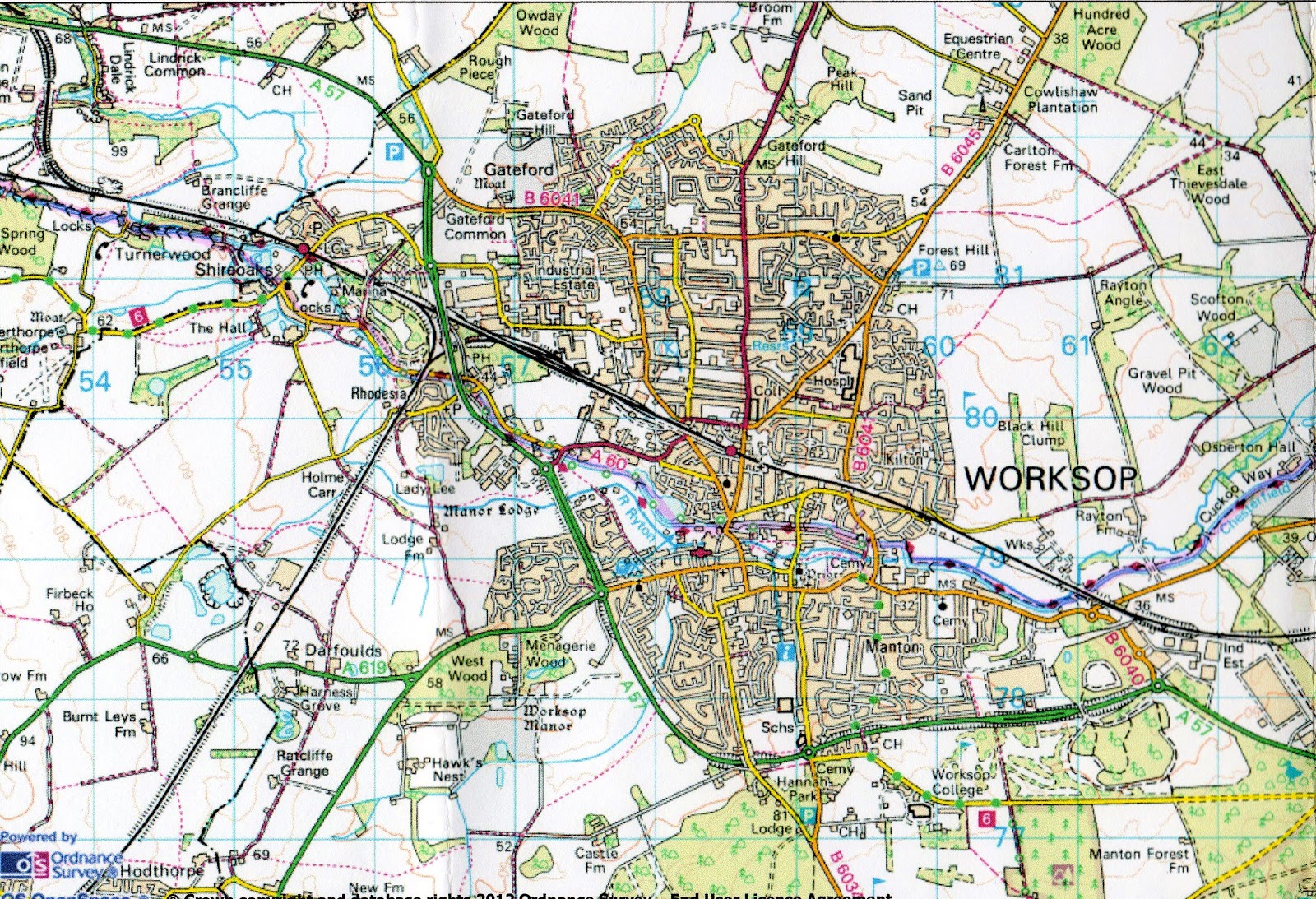
Make a note of the parish as well as the NGR.The quickest way is to use the corner of a compass, as long as the scale is the same as the map used. If the findspot is on the grid lines, the third number of the easting or northing will be 0. Read the easting (across) first, and northing (up) second. The numbered grid on an OS map will give you a 4 figure NGR, so you will have to measure from the grid lines to the findspot to get 6 figures.A lower figure than this is pretty useless for most archaeological research!

We ask that you provide a 6 figure grid reference as a minimum, this means the location is pinned down to a 100m square. Each 100km square is then divided into 10km, each 10km square is divided into 1km and so on down to 10cm (this would be a 12 figure grid reference).
Find os map reference code#
The country has been divided into 100 km x 100 km squares, each with its own code e.g.
Find os map reference how to#
Obviously we know this is not possible for everyone, as such below are some tips on how to get a National Grid Reference ( NGR).īelow, we discuss the method to employ when you don't have a GPS unit: In an ideal world, all finders would have a handheld GPS device, and would log a 12 figure grid reference at the time of finding an object. Our database works on the OSGB National Grid system, and we convert these coordinates into Latitude and Longitude upon data entry, so that they can be redisplayed on web mapping systems. X marks the spot, and without this detail, the data we get is pretty useless to most archaeologists. Perfect for planning routes.When recording artefact data on our site, the location of discovery is extremely important.
Find os map reference series#
IGN Regional Maps (1:250,000) – Covering a whole region in on one map, this small scale map has less detail than the Departmental series and provides a map used purely for navigating around or through France by vehicle on medium to main roads. IGN Departmental Maps (1:150,000) – Covering an entire department with detailed road s, this is a great map for navigating around or through France with a fair degree of detail. This is a vehicle navigation map perfect for exploring on small to medium/main roads. This is perfect if you are stopping somewhere and need a map to explore in the car. This IGN map series allows you to easily and accurately navigate the local area and its surroundings by vehicle.

IGN Local Maps (1:100,000) - Again, ideal for the tourist less detailed than the National Park Maps but covering a greater area. Ideal for the tourist this is the IGN map for planning day trips, short breaks and road cycling in towns or in the countryside. IGN National Park M aps (1:75,000) – A fairly detailed map to cover the entire area of a National Park. The top 25 and Bleue series are essentially the same map, the Top 25 titles are simply the more popular tourist areas. IGN Top 25/Bleue M aps (1:25,000) - The essential map for walkers, cyclists, horse riders and all outdoor enthusiasts. Which of the IGN Map Series should I choose?


 0 kommentar(er)
0 kommentar(er)
